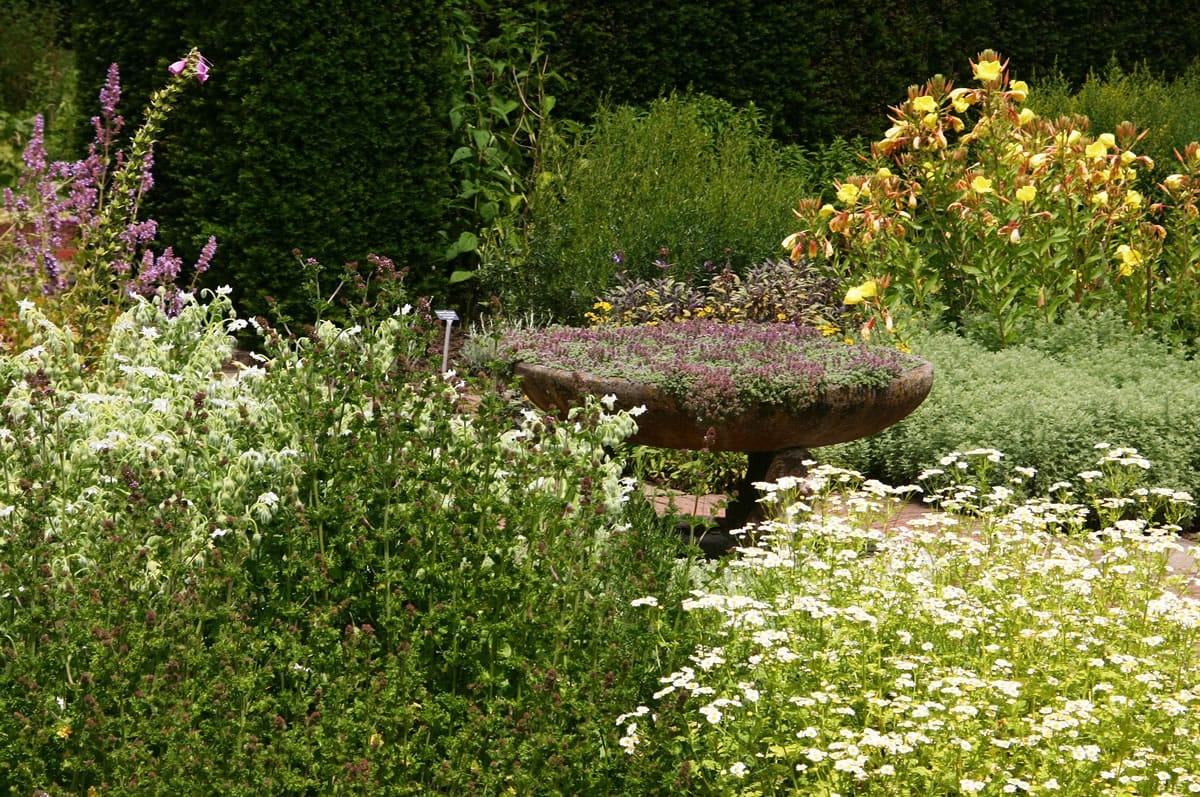If you have not done so already, it’s time to feed all of your summer roses and emerging perennial plants. Keep in mind that the best plants are those that grow in the best soil, so the top fertilizers will be those that add nutrients to the soil. I recommend organic fertilizers. This early in the season, you can use a fertilizer that adds nutrients to benefit all levels of plant growth. Every fertilizer label states the percentage, by weight, of the three macronutrients used in mineral form: nitrogen (N), phosphorus (P), and potassium (K). These nutrients are always listed in the order N-P-K. Some manufacturers combine several natural fertilizers in a single package to produce a complete fertilizer. Look for three of the same numbers on the package, such as 5-5-5 for a mix that will supply your plants nutritional needs.
Filling voids
If you find that you have blank spaces in your flower borders as summer approaches, plant pots of long-blooming annuals and place them directly in the garden to fill the void. Lightweight pots and planters are easy to move around the garden and they add focus and highlights where they are most needed. You can light up a dark corner with pots of white- or light pink-flowering shade lovers. A mix of impatiens, coleus and ivy geraniums add subtle drama. Try salvia, lobelia and helichrysum to add depth to a sunny flower border.
Some perennial plants with a short blooming period, such as lilies or foxgloves, look magnificent in containers and grow well in such temporary quarters. Transplant them to the garden when they are finished blooming. Grouped in strategic positions, they break the monotony of a terrace or a patio and add ambience to the scene. Build a simple theme garden around a color or an idea. A collection of yellow and blue bloomers, such as brachyscome, annual phlox and golden-hued nasturtiums makes a cheerful display.
Use annuals in your garden like you would use a fresh coat of paint. All white impatiens and creamy, scented nicotiana make a garden area elegant and enticing. Multicolored Iceland poppies, followed by a bright mix of common zinnias liven up the garden from spring through summer. A grouping of pots by the backdoor of your house is all you need for the perfect starter vegetable or herb garden. Many vegetables do well in large pots. The closer vegetables are to the house, the more likely they will be well tended and harvested as needed.



